FAQ about GreenMore
Mar 12, 2024
1. What are the unique advantages of GreenMore’s energy storage battery products?
Our wall-mounted energy storage batteries are compact in design, easy to install, space-saving, and have high energy density, which can store electrical energy efficiently. The stacked energy storage batteries adopt a modular design, which allows users to flexibly expand capacity according to their needs, and can easily achieve a combination of different capacities. The home energy storage system is highly intelligent and can be intelligently linked with household electrical equipment to effectively manage the use of electricity, achieve peak load shifting, and save electricity bills for families. Commercial battery energy storage cabinets have high power output capabilities to meet the high energy consumption requirements of commercial scenarios, and meet high standards in terms of protection level. They can adapt to various complex business environments and ensure the stable operation of the energy storage system.
2. What are the technical parameters and performance indicators of the product?
The technical parameters of different products have their own characteristics. For example, the capacity of our wall-mounted energy storage batteries ranges from 5kWh to 10 kWh, and the charging and discharging efficiency can reach more than 90%; the capacity of a single module of stacked energy storage batteries is 5 kWh, and the number of stacks depends on actual needs, with a cycle life of more than 6,500 times; the home energy storage system is adapted to common household power voltages, can support the simultaneous operation of major household appliances, and has a response time of milliseconds; the power range of commercial battery energy storage cabinets is from 50kW to 15MW, and it has a complete battery management system that can monitor the battery status in real time to ensure the consistency and safety of the battery pack. For specific detailed parameters, please refer to our product manual or contact our sales team to obtain them.
3. What kind of cooperation support can GreenMore provide to global solar product distributors?
In terms of marketing, we provide dealers with comprehensive promotional materials, including product manuals, posters, video materials, etc., to help dealers carry out promotional activities in the local market. At the same time, we will also participate in major global solar energy and energy storage industry exhibitions to enhance brand awareness and create favorable conditions for dealers to expand the market. In terms of technical support, we have a professional technical team that can provide product training for dealers, so that the dealer team is familiar with the installation, commissioning and maintenance of the products, so as to better serve customers. In addition, for large projects, our technicians can provide on-site technical guidance. In terms of logistics and distribution, we cooperate with many internationally renowned logistics companies to ensure that products can be delivered to dealers around the world safely, quickly and accurately.
4. What is the product's quality assurance and after-sales service policy?
We provide a 5-year quality assurance period for all energy storage battery products. During the warranty period, if there is any quality problem with the product, we will repair or replace it free of charge. We have established after-sales service centers in many regions around the world, equipped with professional after-sales personnel to quickly respond to customer needs. At the same time, we have also established an online after-sales platform, where dealers and end customers can submit after-sales applications at any time and check the progress of after-sales. We promise to respond within 3 hours after receiving the after-sales application and provide a solution within the specified time to ensure that the customer's energy storage system can continue to operate stably.
5. How does GreenMore ensure the stability of product supply?
We have a modern production base equipped with advanced production equipment and large-scale production capacity. At the same time, we have established long-term and stable cooperative relations with many high-quality raw material suppliers around the world to ensure the stable supply of raw materials. We use advanced production management systems to monitor production progress in real time, arrange production plans reasonably, and ensure that orders are delivered on time. In addition, we have also established a safety inventory mechanism to cope with possible shortages of raw material supply or fluctuations in market demand, so as to maximize the stability of product supply.
6. What preferential policies does GreenMore have for first-time dealers?
For first-time dealers, we provide a certain amount of purchase discounts to help dealers reduce initial procurement costs. In the first batch of orders, we will also give away some product accessories or promotional materials based on the order amount. At the same time, we provide marketing subsidies to new dealers to support dealers in carrying out marketing activities in the local area and quickly open up the market. In addition, in the early stage of cooperation, we can provide a certain period of account support based on the actual situation of the dealer, alleviate the dealer's financial pressure, and promote the smooth development of cooperation between the two parties. Specific preferential policies can be further communicated and negotiated with our business team.
7. What is GreenMore’s product development direction and future product planning?
We continue to invest a lot of resources in product research and development. In the future, we will focus on improving battery energy density and further increasing the storage capacity of energy storage batteries to meet the market demand for large-capacity energy storage. At the same time, we are committed to developing more efficient battery management systems to improve battery safety and stability and extend battery life. In terms of product types, we plan to launch more energy storage products that are suitable for different application scenarios, such as off-grid energy storage systems for remote areas, and energy storage solutions for microgrids. We will keep up with the development trends of industry technology, continue to innovate, and provide global customers with better quality and more advanced energy storage products.
8. How does GreenMore protect dealers’ profit margins?
First of all, we implement a strict regional protection policy. Based on factors such as the market size and economic development level of the dealer's region, we scientifically define exclusive sales areas to avoid vicious price competition among dealers and ensure that each dealer has a stable market share and pricing power in its exclusive area.
Secondly, in terms of the price system, we adopt a tiered pricing strategy. The larger the purchase volume of the dealer, the lower the unit price, which encourages dealers to expand sales and obtain higher profits. At the same time, we regularly evaluate market price fluctuations and changes in raw material costs. On the premise of ensuring product quality, we optimize supply chain management, improve production efficiency, and reasonably control product costs to ensure that product prices are competitive in the market and allow dealers to have sufficient profit margins.
In addition, we also provide dealers with a wealth of value-added services. In addition to marketing subsidies and credit support, we will assist dealers in formulating personalized sales strategies and product portfolio plans based on their sales data and market feedback to increase product added value and sales profits. At the same time, we support OEM/ODM cooperation and provide customized services such as brand LOGO, packaging, and manuals.
GreenMore is always customer-centric and technology-based, working with global distributors to jointly explore the future of green energy.
If you have more questions, please contact our international business team
Email: export@gmsolarkit.com
Tel: +86-18155260624
Website: www.gmsolarkit.com
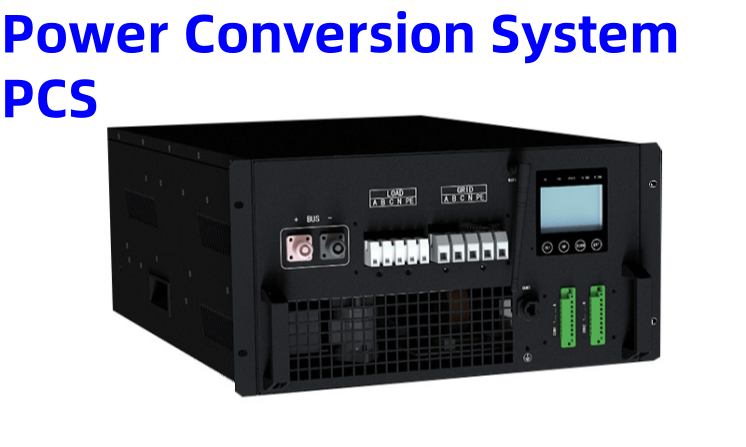
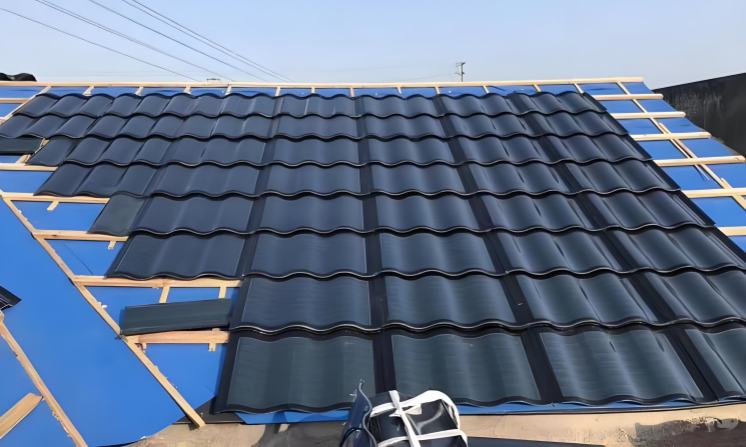
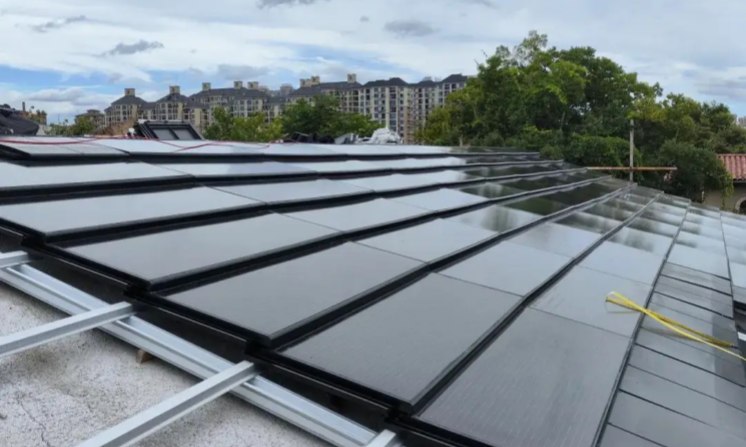

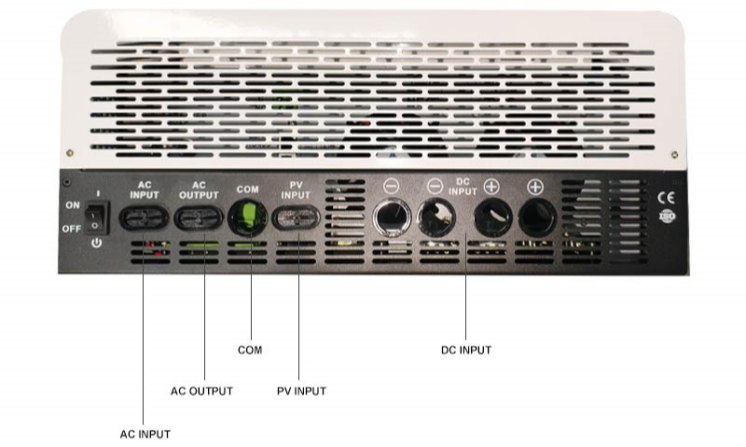

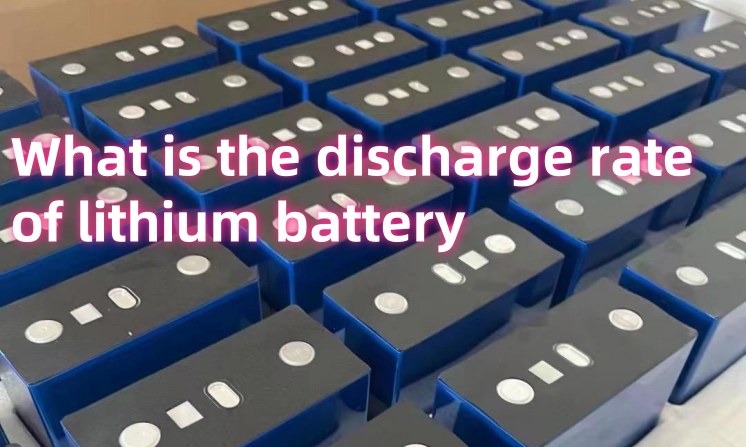


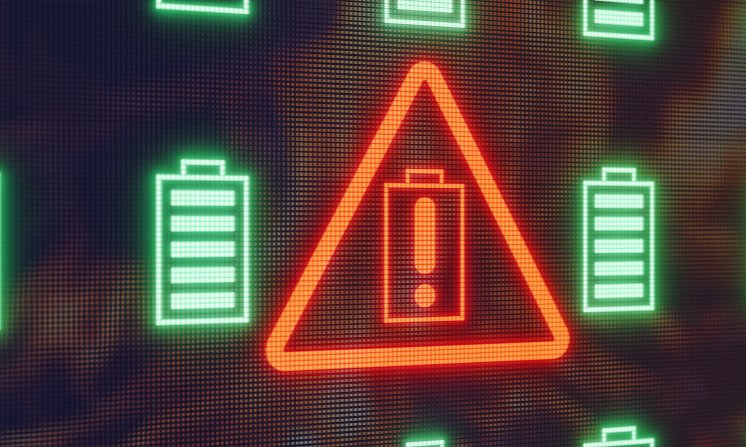

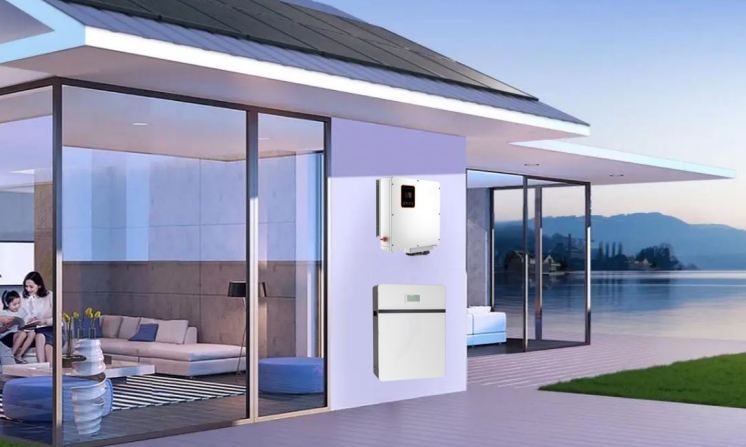


 Network Supported
Network Supported